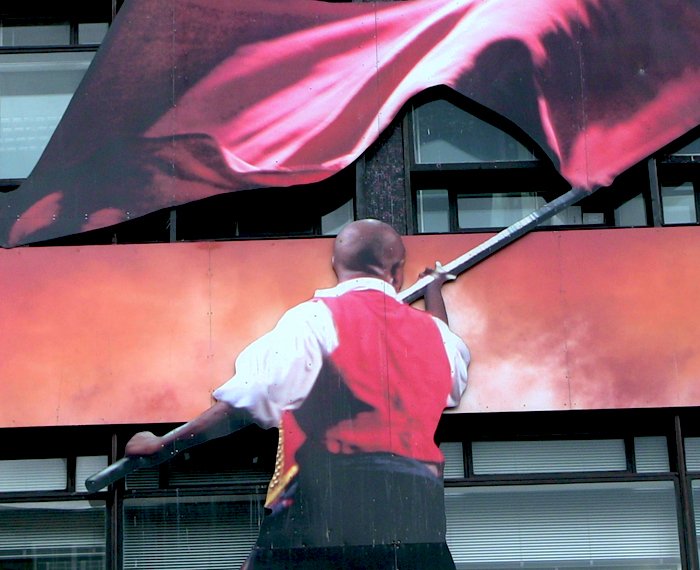Crowdfunding is taking the world by storm. As explained by Rachel Bridge of The Telegraph, in just the first quarter of 2014, more than £9 million was raised in the UK alone for crowdfunding projects. Crowdfunding is encouraging people to pursue projects that they would otherwise have not been able to even consider, and it is driving innovation and creativity, and new ideas to spread quickly across the globe. In addition to this, crowdfunding is also being used for more unusual activities that inspire people to think differently. In particular it has inspired one man to look at how crowdfunding can be used to end political corruption.
The man in question is Larry Lessig. Lessig is otherwise known as being a co-founder of the concept of “Creative Commons” which is a type of copyright that allows images, among other content items to be used by not just the creator. This was a major reform to intellectual property opening it up to be used on an open source basis. Larry Lessig’s idea was that if crowdfunding can be used to raise money for projects, it can also be used to shed political corruption in the United States. This led Lessig to launch a campaign to achieve this goal. The project was set up and the concept brought in $447,546 in only four days.
The concept that Lessig was working to was that there is much said of large political campaigns that use millions of dollars to spread their word. However, it is the belief of Larry Lessig that there is sufficient funding available from small backers to be able to match this. This, Lessig believes to be true despite wealthy individuals, special interest groups and corporations that steer campaigns with their funding. As Lessig puts it:
“We’re aiming by 2016 to win a majority in Congress committed to a fundamental reform.”
In Lessig’s campaign he argues that “more than 90% of Americans link failure to the influence of money in politics”. However, it is explained by Lessig that the problem is that the funders get to influence the legislation that is developed because they can threaten to reduce funding for a party if it does not support their aims. Some argue that this is why there has not been gun reform in the United States for example, because many funders of politicians are those that support the current legislation relating to guns and would withdraw their funding if this was to change. Larry Lessig makes a compelling case that the political system is consequently “broken” and requires change in order to be able to function effectively.
The initial goal of the campaign, which is named “MayOne” was to raise $1 million within a 30 day time frame. This would then be matched with another $1 million. Following this a new goal was to be set to raise a further $5 million in 30 days, which would in turn be matched again with another $5 million. This would leave the overall campaign with $12 million – a fine sum to be able to start effecting change with. However, as Gregory Ferenstein (2014) points out:
“While that may sound like a lot of money, it just gets Lessig in the door. Over the past two decades the cost of winning a seat in the House of Representatives has skyrocketed from around $360,000 to $1.6 million.”
Some think that even if Lessig is able to succeed with his campaign, the chances of actually driving real change in the system will be very difficult to achieve, realistically.
In the mind of Larry Lessig, it is money that is the primary cause of corruption in politics in the United States, though not everyone is in agreement with this. Nonetheless by working to try and end the influence of funding on politics, Lessig is able to challenge the establishment and to do so in the most innovative way – through crowdfunding. This raises the question of what else crowdfunding could be used to achieve if people are motivated in the right way to be able to do so. Whether you agree with Larry Lessig or not, the power of the masses is extraordinary and what this can be leveraged to achieve can truly be demonstrated by the idea of Lessig.

Paula Newton is a business writer, editor and management consultant with extensive experience writing and consulting for both start-ups and long established companies. She has ten years management and leadership experience gained at BSkyB in London and Viva Travel Guides in Quito, Ecuador, giving her a depth of insight into innovation in international business. With an MBA from the University of Hull and many years of experience running her own business consultancy, Paula’s background allows her to connect with a diverse range of clients, including cutting edge technology and web-based start-ups but also multinationals in need of assistance. Paula has played a defining role in shaping organizational strategy for a wide range of different organizations, including for-profit, NGOs and charities. Paula has also served on the Board of Directors for the South American Explorers Club in Quito, Ecuador.










